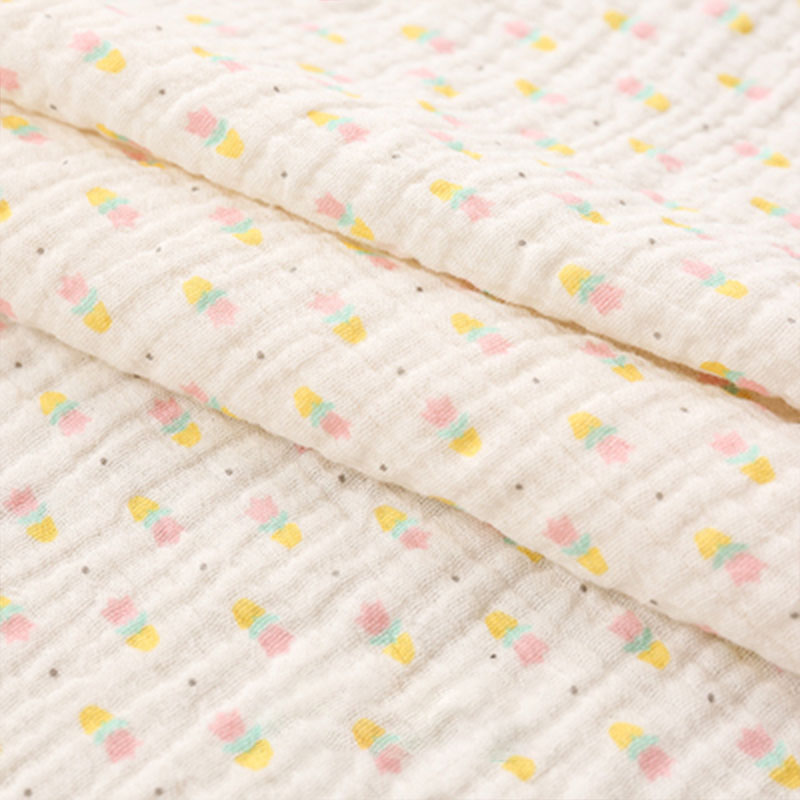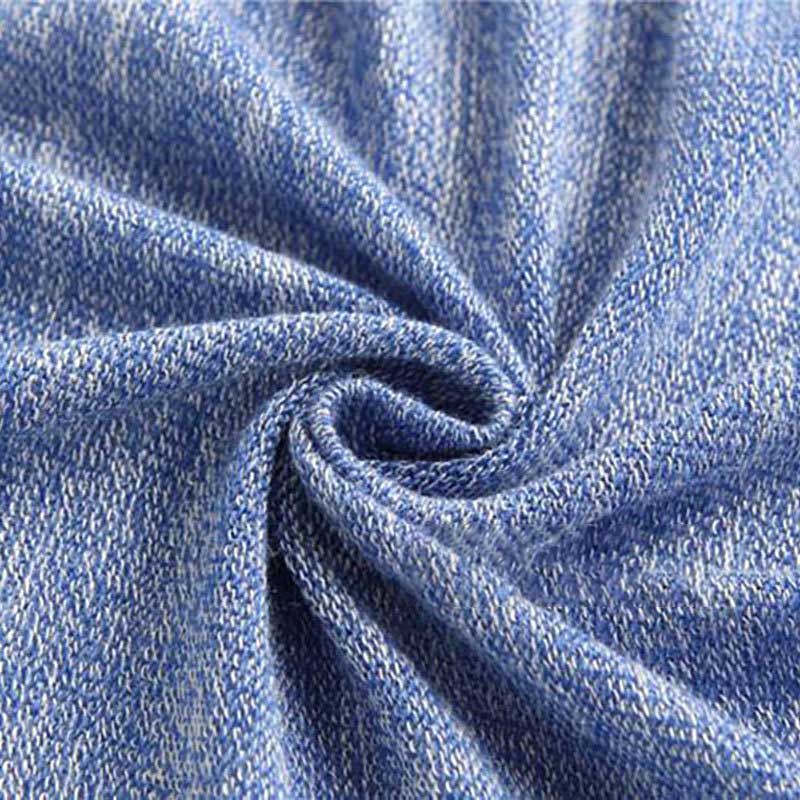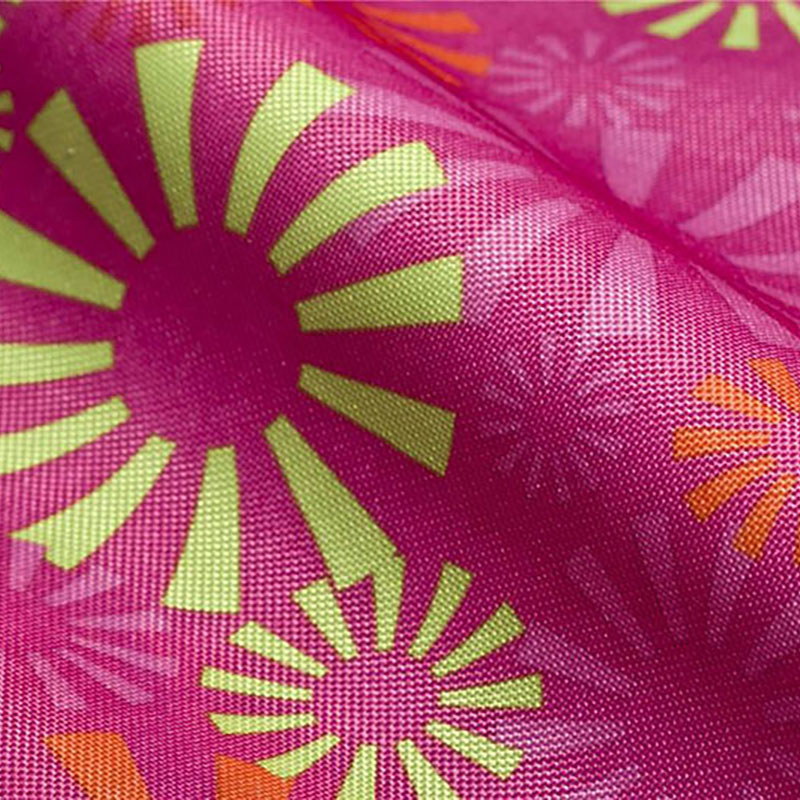
In the home textile industry, the added value of fabrics is an important indicator to measure product competitiveness. As consumers pay more attention to quality and environmental protection, how to increase the added value of home textile fabrics has become the key to the development of the industry. This article will explore how to effectively increase the added value of home textile fabrics through innovative design, environmentally friendly materials and market analysis.
Innovative design is the primary way to increase the added value of home textile fabrics. Designers should pay attention to market trends and consumer needs, and create more attractive products through novel design concepts. For example, combining traditional Chinese cultural elements with modern design can create new fabric styles to attract young consumers.
In today's market, the use of environmentally friendly materials is becoming more and more important. Using renewable or organic materials to produce home textile fabrics not only helps to increase the added value of products, but also enhances the brand's sense of social responsibility. Consumers are willing to pay a higher price for environmentally friendly products, so the implementation of environmental protection strategies can bring competitive advantages to companies.
Market demand analysis is an important part of increasing added value. Through in-depth research on the home textile market and understanding consumer preferences and purchasing behaviors, companies can adjust product positioning and pricing strategies. Regular market research and analysis will provide strong data support for the company's next strategy.
To increase the added value of home textile fabrics, enterprises need to make continuous efforts in innovative design, selection of environmentally friendly materials and market demand analysis. Only by comprehensively applying these strategies can enterprises stand out in the fierce market competition and achieve continuous business growth.





